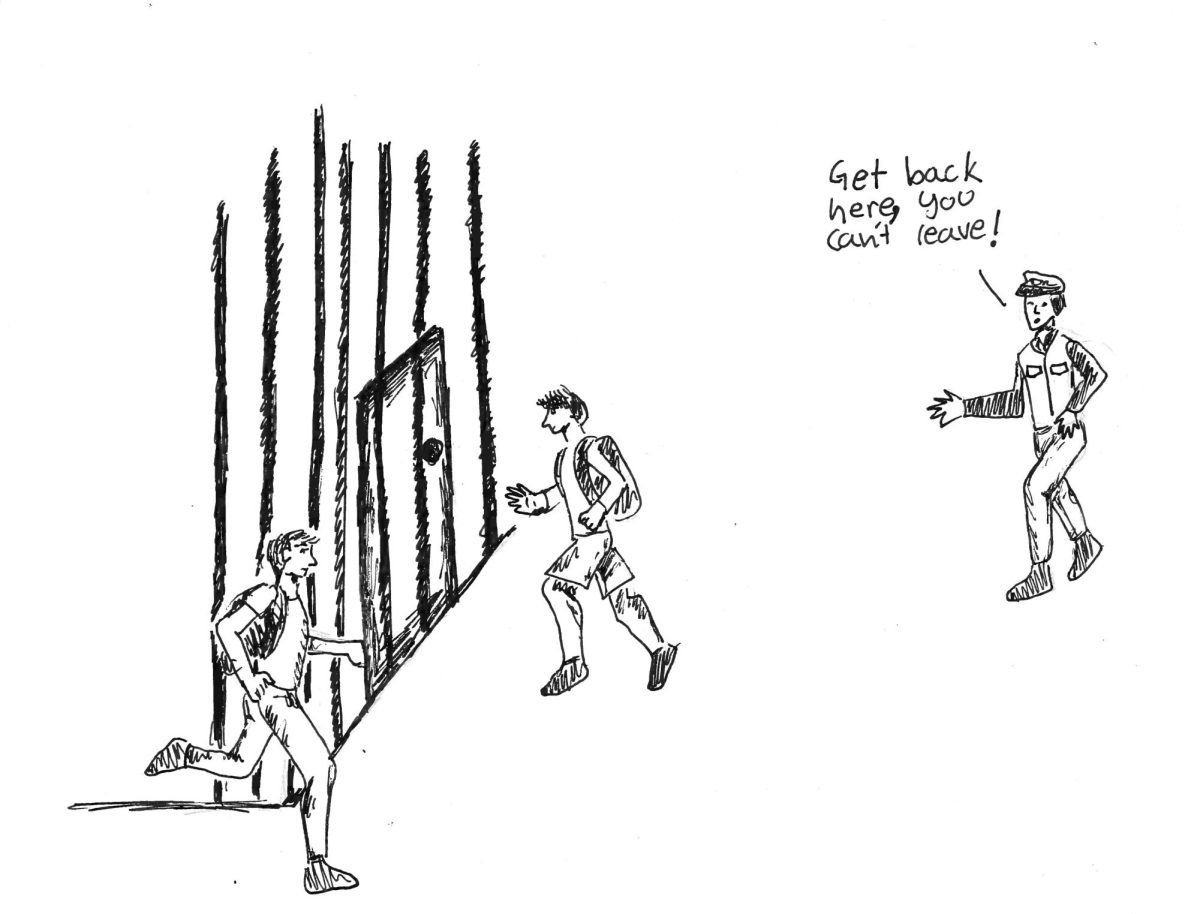Portland’s Toxic Air
Portland has high levels of diesel exhaust that can be linked to several health problems and two Portland residents are hoping to change it
December 4, 2018
Diesel fuel has been around for a long time in Portland and the exhaust can be linked to heart attacks, respiratory problems and other health issues.
From the 1920s through the 1950s most vehicles, trucks, and buses ran on gasoline, but now they are powered by diesel. Diesel is more efficient than gasoline by about 11 percent. However diesel exhaust is 100 percent more toxic than gasoline engine exhaust. The exhaust from diesel fuels contains 85-90 percent of ultra fine particles known as diesel particulate matter (DPM).
DPM is so small that it surpasses natural defenses when breathed in and reaches the lungs. There is no safe exposure level. It goes into the bloodstream and circulates vital organs, including the heart. Inhaling DPM has been linked to many health problems and is especially harmful to children, the elderly and those with asthma or a weak immune system.
It has only been over the last 10-15 years that people have come to realize the toxicity of diesel fuels. California was one of the first states to set standards and requires truck companies to retrofit their engines with filters that can reduce the amount of DPM emissions. However, Oregon hasn’t taken action on this issue yet. Now, a lot of the unfiltered truck fleets from California have come to Oregon where there aren’t any standards on diesel emissions. Portland is specifically vulnerable because the railroads use unfiltered trucks to move goods.
Information about this danger came to Cleveland High School when Joe Hovey, a member of Portland Neighbors for Diesel Action (PNDA), and Chris Eykamp, the founder of Sensorbot, who is building a network of air sensors across Portland to measure diesel and wood smoke pollution, came to talk to the IB Environmental Systems and Societies classes.
The PNDA is a group of volunteers made up of people from several neighborhoods throughout Portland, who have taken on the mission to make the public more aware of the dangers of DPM, as well as to make voices heard to elected officials at both the state and city level, explains Hovey.
Right now, the PNDA is focused on the Union Pacific rail yards and were hoping to pressure them to use filtered trucks as well as retrofit engines in their own railyards. Recently however, they learned that Multnomah County and the city of Portland are planning to create a Clean Air Construction Standard. The PNDA doesn’t feel that the standard is strong enough and would like to see improvements to strengthen the standard.
“I didn’t know what was happening until we brought it up as an issue in Environmental Systems and Societies class and it really surprised me,” said Cleveland junior Camilia Saulino. “I was shocked that no one had talked about this before because it seems like a big issue, and I think it’s really awesome that the PNDA are bringing awareness to this.”
The resolution will be presented on Dec. 13, regarding the standard. “When I spoke to several students, I encouraged them to make their voices heard, and to address diesel emissions on a continual basis,” said Hovey.
Hovey encourages the public to submit emails and letters expressing concern on the Clean Air Construction Standard that the city council will hold a hearing to decide on Dec. 13.
“You can bet that contractors will be very vocal about keeping the standard ‘weak,’” said Hovey, “while it is up to the public to demand something stronger for our health.”
The hearing begins promptly at 9 a.m. at City Hall and the PNDA will be there and so will several other members of the public. “Let’s fill the chambers with people like you and me,” said Hovey. He also encourages students to testify in front of the City Council because it grabs the attention of the elected officials. Testifying is as easy as signing up when entering the chamber and then making your voice heard to create change.













